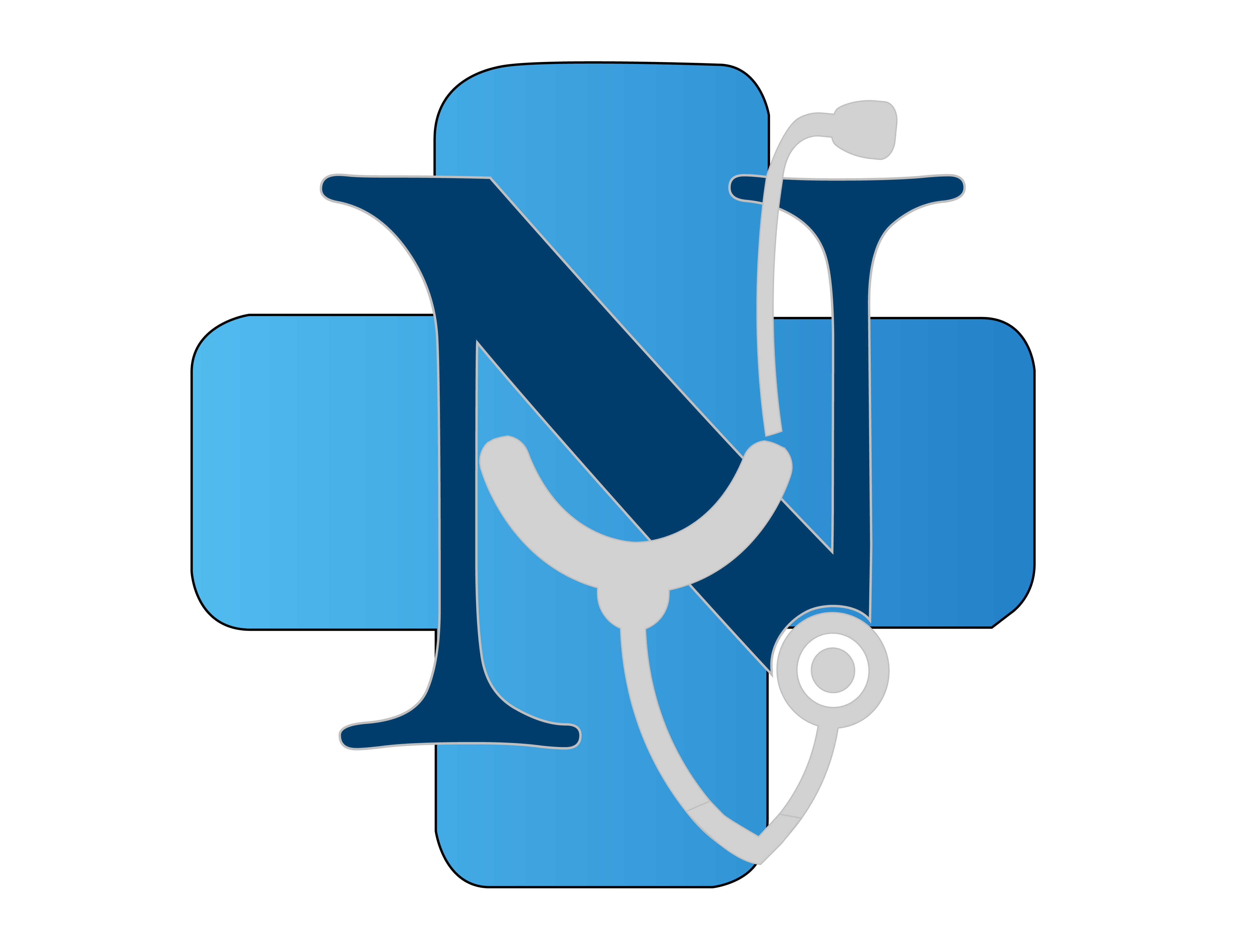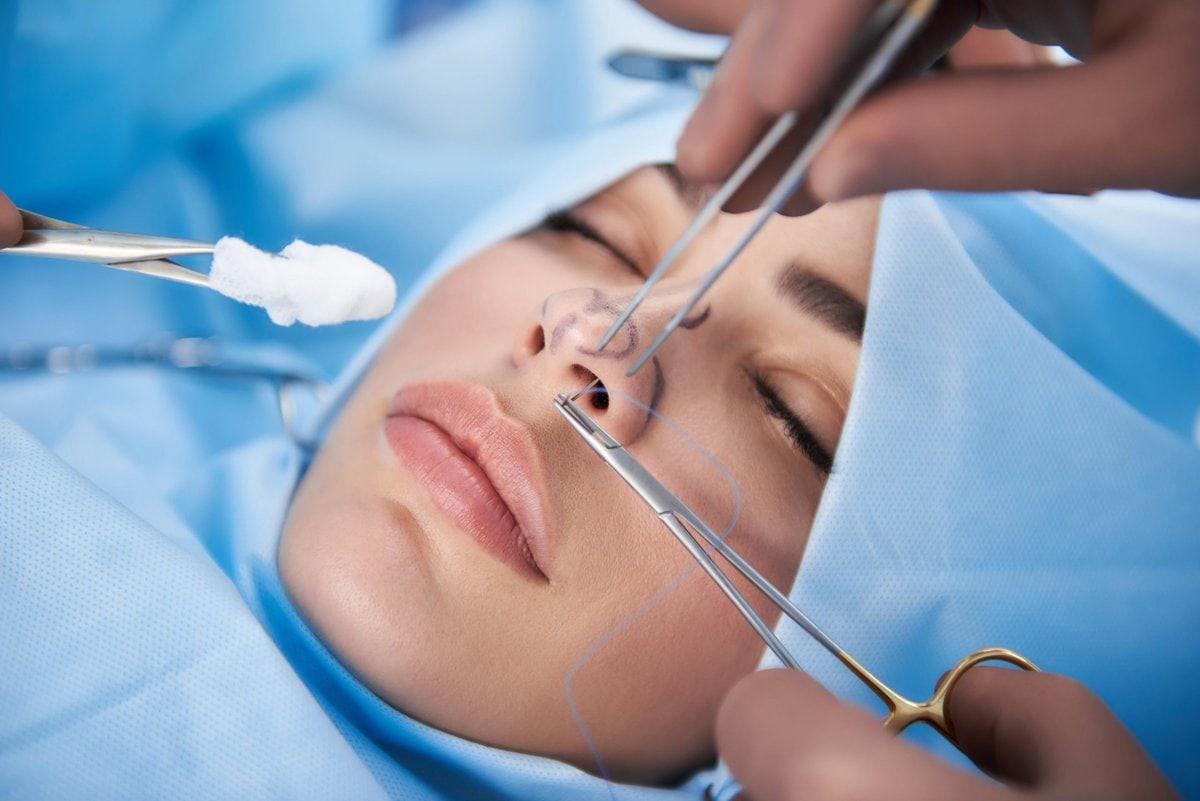Rhinoplasty, commonly known as a nose job, has evolved significantly over the years. Today's techniques focus on achieving natural-looking results that enhance facial harmony while maintaining or improving nasal function. As a plastic surgeon specializing in rhinoplasty, I'm committed to using the most advanced approaches to ensure my patients achieve their desired outcomes with minimal downtime and maximal satisfaction.
The goal of modern rhinoplasty is no longer about creating a "perfect" nose according to some arbitrary standard, but rather about crafting a nose that fits beautifully with your unique facial features. This personalized approach requires a deep understanding of nasal anatomy, advanced surgical techniques, and an artistic eye for facial aesthetics.
The art of modern rhinoplasty lies in creating subtle enhancements that appear completely natural—a nose that looks like it was always meant to be part of your face, not something that was surgically created.
In this comprehensive guide, I'll walk you through the latest techniques in rhinoplasty that prioritize natural results, patient safety, and functional improvement. Whether you're considering rhinoplasty for cosmetic reasons or to address breathing issues, understanding these modern approaches will help you make an informed decision about your procedure.
Advanced Rhinoplasty Techniques for Natural Outcomes
Modern rhinoplasty incorporates several sophisticated techniques that allow surgeons to achieve more predictable and natural-looking results:
1. Preservation Rhinoplasty
This revolutionary approach focuses on preserving rather than removing the natural structures of the nose. Instead of breaking the nasal bones (osteotomy), preservation rhinoplasty involves careful reshaping of the nasal framework while maintaining the natural dorsal lines. This results in a more natural appearance with reduced swelling and faster recovery times.
2. Structural Rhinoplasty
Structural rhinoplasty emphasizes building support through cartilage grafting rather than removing tissue. This technique is particularly beneficial for patients with weak cartilage or those requiring significant changes to their nasal structure. By reinforcing the nasal framework, structural rhinoplasty ensures long-term stability and prevents future collapse or deformities.
3. Closed vs. Open Rhinoplasty
The choice between closed (endonasal) and open rhinoplasty depends on the complexity of the procedure:
- Closed Rhinoplasty: All incisions are made inside the nostrils, leaving no visible scars. This technique is ideal for less complex procedures and typically results in faster recovery.
- Open Rhinoplasty: A small incision is made across the columella (the tissue between the nostrils), providing direct visibility of the nasal structures. This approach is preferred for complex cases requiring significant reconstruction.
4. Ultrasonic Rhinoplasty
This cutting-edge technology uses ultrasonic energy to precisely shape nasal bones with minimal trauma to surrounding tissues. Ultrasonic rhinoplasty allows for more controlled bone reshaping, reduced bruising, and enhanced precision compared to traditional methods.
The Importance of Personalized Planning
Achieving natural results in rhinoplasty begins long before the surgery itself. Comprehensive planning is essential and includes:
- 3D Imaging: Advanced computer imaging allows patients to visualize potential outcomes and participate in the planning process.
- Facial Analysis: Detailed assessment of facial proportions, skin thickness, and ethnic characteristics to create a nose that harmonizes with your unique features.
- Functional Assessment: Evaluation of nasal breathing to address any functional issues during the cosmetic procedure.
- Customized Approach: Tailoring the technique to your specific anatomy, goals, and concerns.
Recovery and Results Timeline
Understanding the recovery process is crucial for setting realistic expectations:
- First Week: Splint and any external dressings are typically removed after 5-7 days. Most swelling and bruising are apparent during this period.
- 2-4 Weeks: Significant reduction in swelling allows you to appreciate early results and return to most normal activities.
- 3-6 Months: Continuing refinement as residual swelling subsides, revealing more definition in nasal contours.
- 1 Year+: Final results become apparent as the last traces of swelling resolve and tissues fully settle.
Modern techniques have significantly improved recovery times, with many patients returning to work and social activities within 1-2 weeks.
Choosing the Right Surgeon
The success of your rhinoplasty largely depends on your surgeon's expertise. When selecting a rhinoplasty specialist, consider:
- Board certification in plastic surgery or otolaryngology
- Extensive experience specifically with rhinoplasty
- A portfolio of before-and-after photos demonstrating natural results
- Patient testimonials and reviews
- Clear communication about realistic outcomes
Modern rhinoplasty techniques have revolutionized what's possible in nasal surgery. With advancements in preservation approaches, structural reinforcement, and ultrasonic technology, patients can now achieve beautiful, natural-looking results that enhance their overall facial harmony while maintaining or improving nasal function.
If you're considering rhinoplasty, I encourage you to seek consultation with a qualified specialist who utilizes these modern techniques. The right approach, combined with an experienced surgeon, can help you achieve the natural-looking nose you desire—one that complements your unique features and looks like it was always meant to be part of your face.

